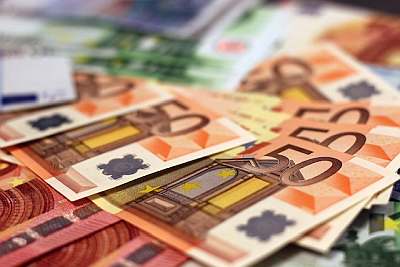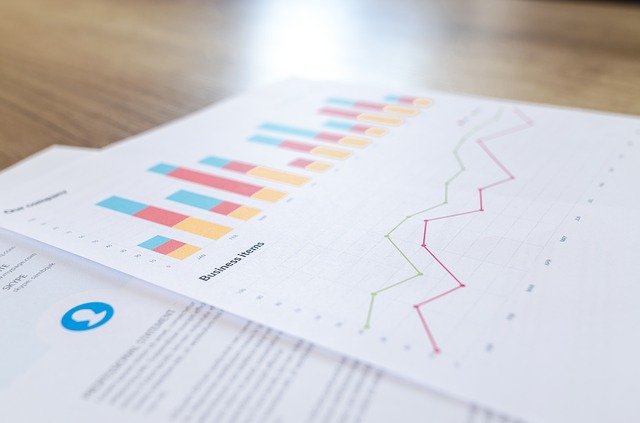Discounted Payback Period Calculator
Instructions: Use this Discounted Payback Period Calculator to compute the Discounted Payback Period (\(DPBP\)) of a stream of cash flows by indicating the yearly cash flows (\(F_t\)), starting at year \(t = 0\), and the discount rate (\(r\)):
Discounted Payback Period Calculator
More about this Discounted Payback period calculator so you can better understand the way of using this calculator: The discounted payback period of a stream of cash flows \(F_t\) is number of years it takes a project to break even, considering discounted cash flows.
How do you calculate the discounted payback period?
Typically, projects require a cash outlay at the beginning (\(t = 0\)), and they typically receive positive cash inflows until the amount received equals the initial outlay. They time that takes is called payback period
If appropriate, you can ignore the discount rate and use this payback period calculator that does not use discounted flows, but the regular cash flows instead.
Financial Ratios: Profitability Ratios
The discounted payback period is not the only measure of profitability for a project. Another measure of profitability that you can use is the profitability index , among many others, that can provide a very quick and accurate view of the situation of the profitability of a firm, especially when comparing with the financial ratios of other companies in the same industry.
Another related solver you may be interested in using is the Break Even Point calculator .

Example of Discounted PBP
Question: Find the discounted PBP (payback period) for a cash outlay of -1000 in year 0, and cash flows of 300 every year, for a period of 5 years. Assume a discount rate is \(r = 4%\).
Solution:
This is the information we have been provided with:
• The cash flows provided are: -1000, 300, 300, 300, 300, 300. Also, the discount rate provided is \(r = 0.04\)
Finding the payback period corresponds to finding the number of years where the initial negative outlay is matched by positive cash inflows, after discounting the cash flows.
Based on the cash flows provided, the following table shows the corresponding cumulative discounted cash flows:
| Period | Cash Flows | Discounted Cash Flows | Cumulative Discounted Cash Flows |
| 0 | -1000 | \( \displaystyle \frac{ -1000}{ (1+0.04)^{ 0}} = -1000\) | -1000 |
| 1 | 300 | \( \displaystyle \frac{ 300}{ (1+0.04)^{ 1}} = 288.46\) | -711.54 |
| 2 | 300 | \( \displaystyle \frac{ 300}{ (1+0.04)^{ 2}} = 277.37\) | -434.17 |
| 3 | 300 | \( \displaystyle \frac{ 300}{ (1+0.04)^{ 3}} = 266.7\) | -167.47 |
| 4 | 300 | \( \displaystyle \frac{ 300}{ (1+0.04)^{ 4}} = 256.44\) | 88.97 |
| 5 | 300 | \( \displaystyle \frac{ 300}{ (1+0.04)^{ 5}} = 246.58\) | 335.55 |
Observe that the cumulative discounted cash flows at year \( t = 3 \) is negative, and the cumulative discounted cash flows at year \( t = 4 \) is positive, so then the payback period is somewhere between two years. Using interpolation we get:
\[ \begin{array}{ccl} PBP & = & 3 + \displaystyle \left( \frac{167.47}{88.97 + 167.47}\right)\times (4 - 3) \\\\ \\\\ & = & 3 + 0.6531 \\\\ \\\\ & = & 3.65 \end{array} \]Therefore, for the provided cash flows, the discounted payback period is \( PBP = 3.65 \) years.




